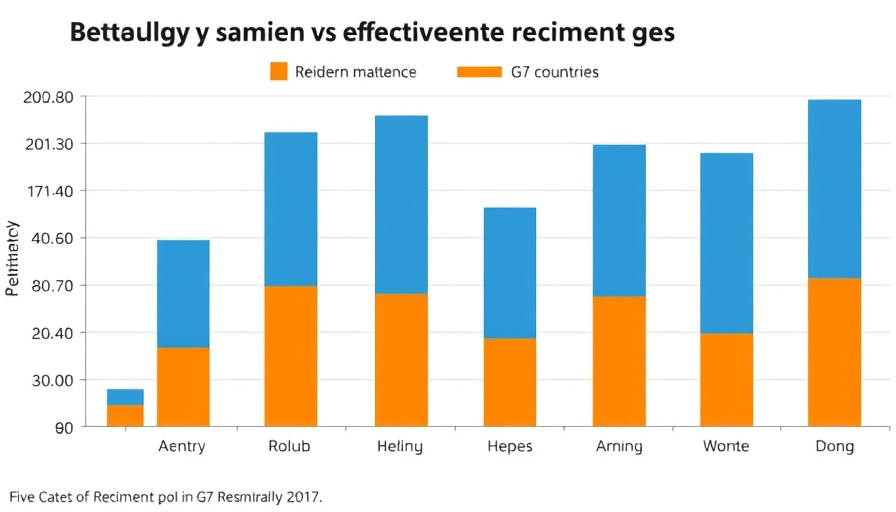
A Historic Ruling on Workplace Inclusivity
A Texas district court judge recently delivered a pivotal verdict affecting workplace inclusivity by vacating key portions of the U.S. Equal Employment Opportunity Commission's (EEOC) 2024 harassment guidance. This ruling, delivered by Judge Matthew Kacsmaryk, declared that the EEOC exceeded its authority, particularly in requiring employers to provide bathroom and pronoun accommodations that contradict the traditional interpretations of Title VII of the Civil Rights Act.
Understanding Title VII’s Implications
The case, State of Texas, et. al. v. EEOC, underscored the complexities surrounding gender identity in workplace policies. Kacsmaryk's ruling struck down specific provisions aimed at defining “sex” to include “sexual orientation” or “gender identity.” This has profound implications, as it reverses parts of the guidance that supported such inclusivity, emphasizing instead a more traditional interpretation rooted in historical precedent.
The Broader Impact on Talent Management
For CHROs and operational leaders, this ruling may signal a shift in how workforce strategy should be developed moving forward. Employee engagement and performance are often driven by organizational culture, which traditionally has been a centerpiece of performance-driven leadership. The vacating of these provisions could create new challenges for organizations striving to establish a high-performance culture that values diversity and inclusion.
Future Considerations for Employers
As leaders reevaluate their HR policies in light of this ruling, it’s vital for organizations to consider their talent management strategies thoroughly. Rather than viewing this as a reason to retreat from inclusivity, employers should look towards creating resilience in their workforce optimization efforts. Succession planning and people-first leadership will be crucial as they navigate the implications of this guidance and align it with modern expectations of workforce equity and inclusiveness.
Moving Forward: A Call to Action
In light of these developments, organizational leaders must remain proactive. They should engage with employees to gauge their sentiments regarding workplace policies and inclusivity initiatives, ensuring that platforms for dialogue remain open. A commitment to employee retention strategies that emphasize respect and engagement can foster a healthier organizational environment. Embracing a more nuanced and employee-focused approach will be key in the evolving landscape of workforce management.
As the legal landscape continues to evolve, understanding and adapting to these changes is imperative for maintaining a productive, engaged workforce.
 Add Row
Add Row  Add
Add 




Write A Comment